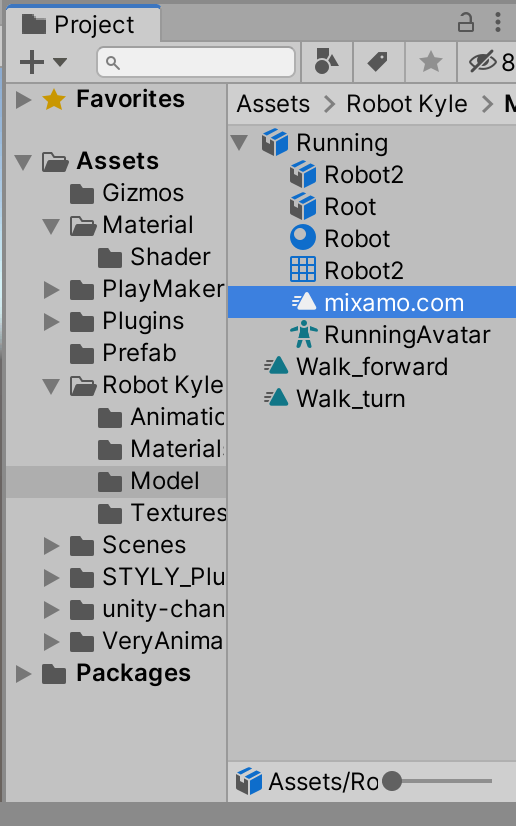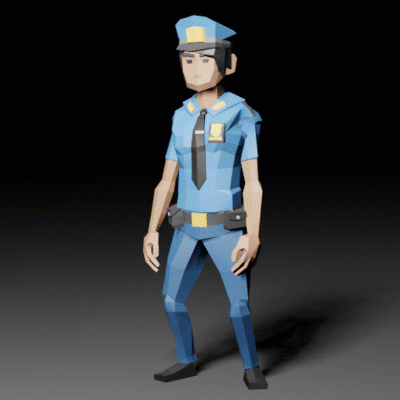
Bump Maps are also commonly referred to as Normal Maps or Height Maps, however these terms have slightly different meanings which will be explained below. How to create and use Bump Mapsīump mapping is a relatively old graphics technique, but is still one of the core methods required to create detailed realistic realtime graphics. The normal maps are then mapped onto a lower-resolution game-ready version of the model, so that the original high-resolution detail is rendered using the normalmap. In modern game development art pipelines, artists will use their 3D modelling applications to generate normal maps based on very high resolution source models. As well as the rivets and screws, a texture allows us to include far more detail like subtle bumps and scratches.

The screws, grooves and scratches are defined in a normalmap, which modifies how light reflects off the surface of this low-poly plane, giving the impression of 3D detail. Your metal surface can now be a low-poly flat plane, and the screws, rivets, grooves and scratches will catch the light and appear to have depth because of the texture. This is something modern graphics hardware can do extremely fast. If we instead represent this detail with a bump map, the surface geometry can become much simpler, and the detail is represented as a texture which modulates how light reflects off the surface. See in Glossary to represent the fine surface detail, and a lower resolution polygonal surface for the larger shape of the model.

To avoid this, we should use a normal map A type of Bump Map texture that allows you to add surface detail such as bumps, grooves, and scratches to a model which catch the light as if they are represented by real geometry. Over a large model with lots of fine surface detail this would require a very high number of polygons to be drawn.

On the right you can see the polygons required to make up the detail of a single screwhead. A sheet of aircraft metal with details modeled as real geometry.ĭepending on the situation it is not normally a good idea to have such tiny details modelled as “real” geometry. One way to do this would be to model these details as geometry, as shown below. They are a special kind of texture that allow you to add surface detail such as bumps, grooves, and scratches to a model which catch the light as if they are represented by real geometry.įor example, you might want to show a surface which has grooves and screws or rivets across the surface, like an aircraft hull.


 0 kommentar(er)
0 kommentar(er)
